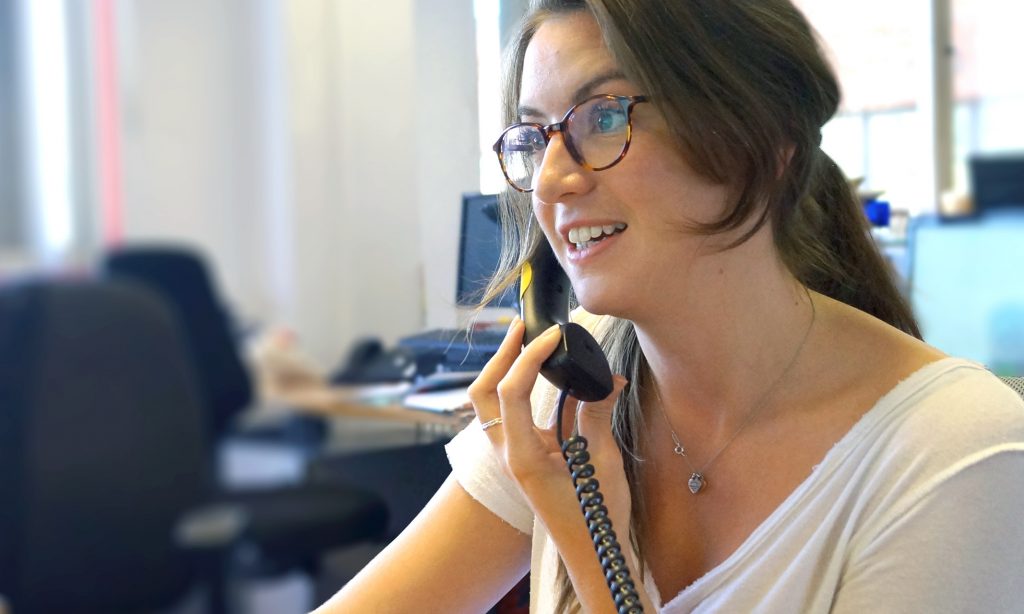Neurosurgery for children
If your child is diagnosed with a brain tumour, one of the treatments they may need to have is an operation on their brain (neurosurgery).
Why does my child need neurosurgery?
Neurosurgery for brain tumours in children may be used to:
- Remove as much of the tumour as is safely possible
- Remove a small part of the tumour in order to make a diagnosis
- Put devices directly into the brain to help with treatment or symptoms
Immediately after neurosurgery
Your child will be woken up in an intensive care unit (ICU) or a high dependency unit (HDU) to allow for closer monitoring. Visiting hours are usually very flexible, especially for young children, so you will be able to be with them.
If they have a dressing on their wound, this is likely to stay on for around 5 days after surgery. Stitches are usually removed 5-14 days afterwards and may be dissolvable. They may have some swelling and bruising on their face.
They will have a number of tubes coming in and out of their body. These are to help with:
- draining fluids
- monitoring their progress
- giving your child water, nutrients and medicines.
Many factors will influence how your child feels after surgery. They may:
- feel sick
- feel tired – do not be alarmed if your child sleeps more than normal
- have a sore throat or difficulty swallowing, as a result of the tubes used during surgery
- headaches, caused by swelling in the brain as a reaction to the surgery
- momentary phases of feeling dizzy
- new symptoms e.g. personality changes, speech or co-ordination problems, epileptic seizures (fits).
These effects usually disappear shortly after surgery. If you are worried about any symptoms, speak to your child’s health team.
Your child will need to rest for a number of days afterwards, but will not be kept in bed any longer than is necessary. Hospitals like to get their patients up and get moving as soon as is safe.
Advice about hair washing, going back to school and taking part in sports will be given by your child’s healthcare team when your child is discharged from hospital.

Join our community on Facebook
Our closed Facebook group for parents is a great place to connect with other parents affected by a brain tumour and share your experiences.
Follow-on treatment
Immediately after surgery, your child may be given the following medications:
- steroids – to reduce swelling and, therefore, pressure on the brain
- anti-epileptic drugs – to prevent the risk of seizures, which can be caused by increased pressure on the brain.
Your child is likely to have a brain scan soon after surgery to see if any, or how much, of the tumour remains, and to see how much swelling there is.
Your child may then be given chemotherapy and/or radiotherapy, to get rid of any remaining tumour cells.
If neurosurgery doesn’t work
Although your child’s treatment plan will be carefully developed by healthcare professionals to be as effective as possible while having the fewest risks or side-effects, sometimes neurosurgery may not work. This can be worrying, but just because one treatment hasn’t worked, it doesn’t mean others won’t.
Find out more about what happens when treatment doesn’t work.
Neurosurgical Outcomes Data
In planning for your surgery you may wish to know more about who you are being seen by or seek a second opinion. The NHS website has information about consultants specialising in neurosurgery in England, along with some data concerning their neurosurgical outcomes.
When looking at this information its important however to remember that statistics are not always able to allow for additional influencing factors such as the complexity of cases seen and the level of risk involved. Some surgeons may have lower survival rates as they are willing to take on more complex cases therefore it’s important that these aspects are also taken into consideration.
Our neurosurgery factsheet explains what to expect when you have surgery and our Information and Support Team are also here to help answer any questions you might have.
More information
Neurosurgery for children factsheet – PDF
Find more information about neurosurgery for children in the full fact sheet – including when they can return to activities, such as sport or travel, and longer-term effects.
Neurosurgery for children – Clear print factsheet – PDF
Find more information about Neurosurgery for children in the full fact sheet – Clear print version,designed to RNIB guidelines – including when they can return to activities, such as sport or travel, and longer-term effects.
Support and Information Services
Research & Clinical Trials Information
You can also join our active online community.

Get support
If you need someone to talk to or advice on where to get help, our Support and Information team is available by phone, email or live-chat.
Recommended reading
Share your experiences and help create change
By taking part in our Improving Brain Tumour Care surveys and sharing your experiences, you can help us improve treatment and care for everyone affected by a brain tumour.

